Comparing Halo Exterra by Logix Brands and Comfortboard 80 by Rockwool
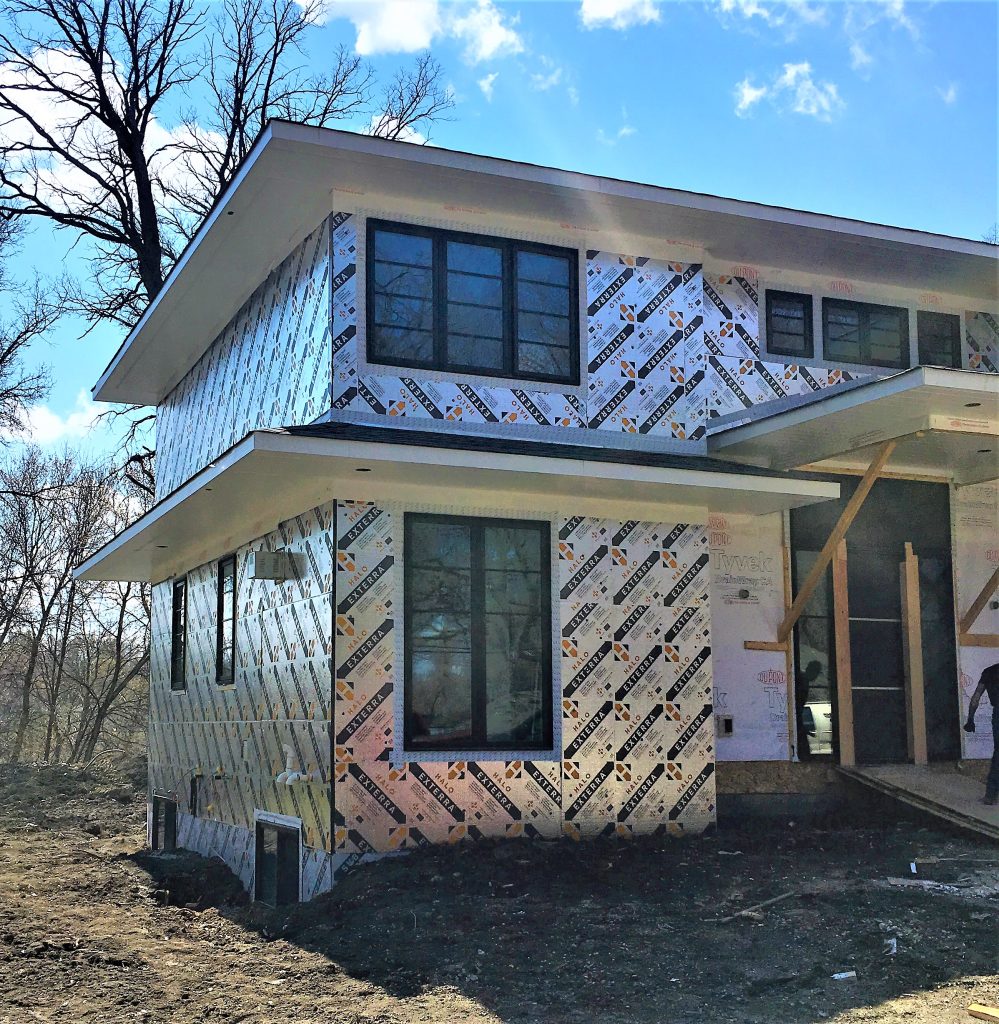
Insulation plays a pivotal role in residential construction, affecting a building’s energy efficiency, safety, comfort, and environmental impact. The debate between Halo Exterra by Logix Brands and Comfortboard 80 by Rockwool (Figure 1) has stirred interest among architects, contractors, and homeowners. Both are renowned for their respective qualities, yet understanding their nuances is important for […]
How To Correctly Position the Dew Point Using Exterior Insulation: Guidelines for Builders
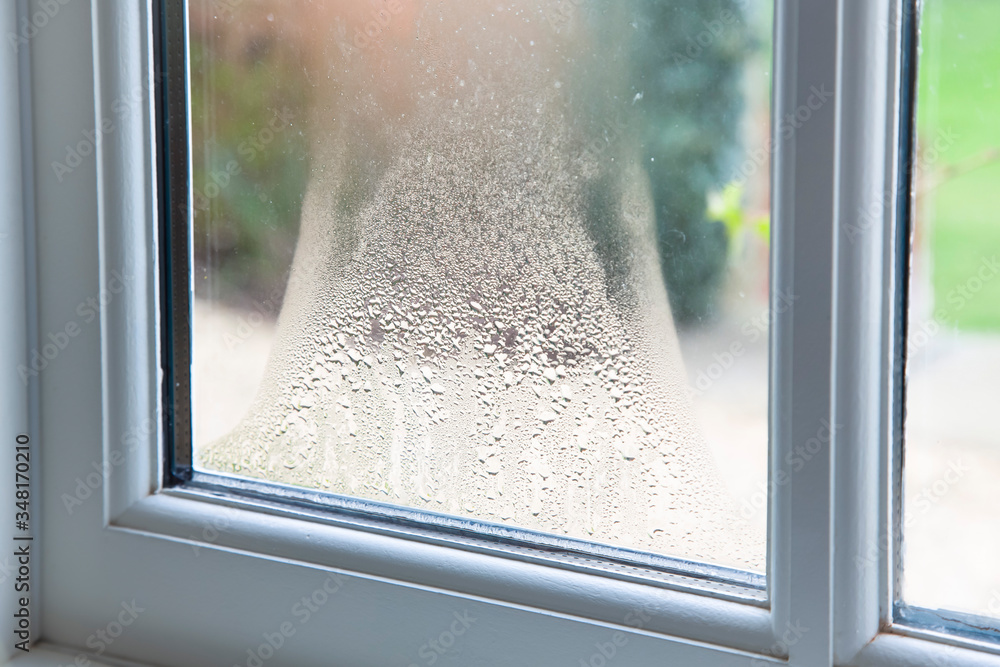
In the harsh realities of cold climates, it is essential that structures are built not only to keep the inhabitants comfortable but also to withstand the challenges posed by moisture condensation, which can often occur within the wall assembly. An integral step in this process is calculating the correct thickness of exterior continuous insulation, such […]
Foam Board vs. Batt Insulation: How to Make the Right Choice For Insulating Exterior Walls
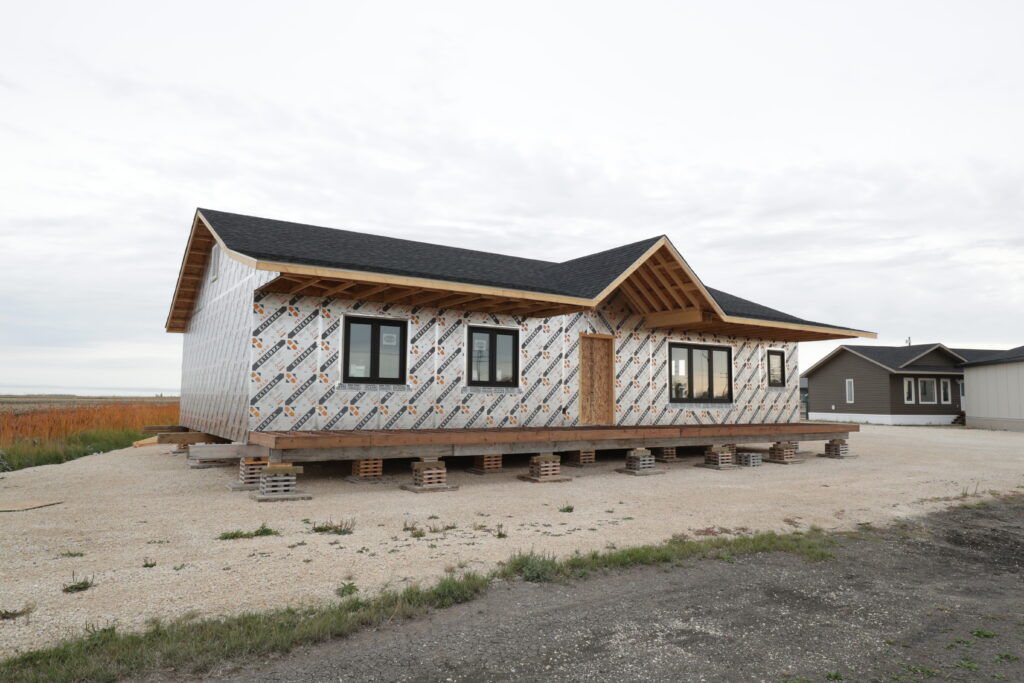
When it comes to exterior wall insulation, two standout options vie for your attention: foam board and batt insulation. Both have their merits and drawbacks, making the right choice contingent upon a variety of factors including climate, budget, and installation complexity. Let’s break down each to help you make an educated decision. Understanding Foam Board […]
Securing Exterior Insulation Greater Than 2 Inches (50mm) In Thickness
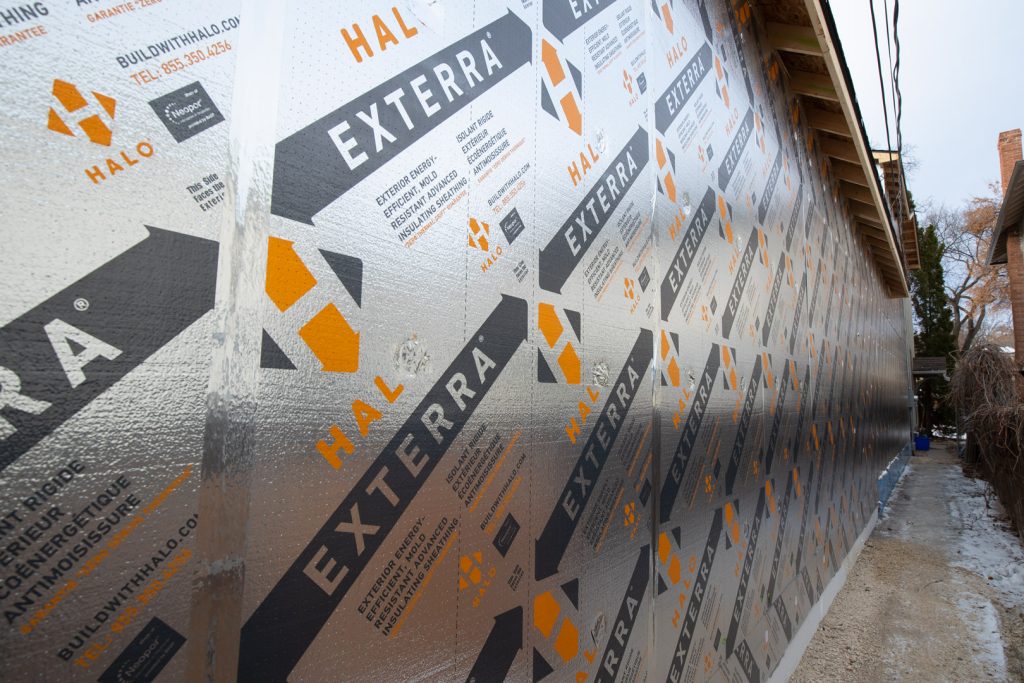
Exterior continuous insulation such as Halo Exterra has become a minimum requirement in building codes across most of North America for residential buildings. At the initial stages of exterior insulation, the thickness applied ranges from ½ an inch (13mm) up to 2 inches (50mm) depending on the climatic zone. As building codes progress towards more […]
Where Should Halo Interra Be Installed When Insulating a Roof?
Where Should Halo Interra Be Installed When Insulating a Roof? Halo Interra should be installed on the underside of the ceiling joists when insulating a roof. Such placement is ideal because fastening the Interra panels to the joists’ underside is the simplest way to insulate a roof. In contrast, installing the foam boards on top […]
The Advantages of Using Halo Interra FR to Insulate Crawl Spaces
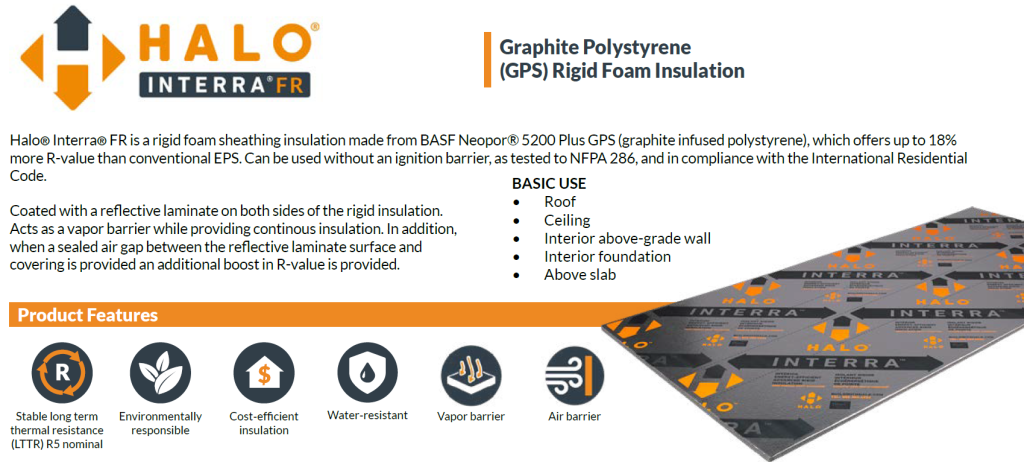
Crawl spaces are a huge market in the USA. In states like Tennessee, Kentucky, Virginia, Maryland, North Carolina, and many others, crawl spaces are commonly found in newly built homes. Crawl space renovation is another popular niche, as many owners of existing crawl spaces want to minimize heat loss and moisture issues below their homes. […]
Is Foam Board Insulation Flammable?

Yes, foam board insulation is flammable. However, Neopor’s graphite polystyrene (GPS), which is used in Halo products, is treated with a fire retardant which greatly reduces flame spread and helps the fire to self-extinguish once the source of fire is removed. Thus, Neopor, and all Halo products, are approved for the construction of homes and […]
Foam Board Insulation vs. Spray Foam Insulation: Which One Is the Best For Your Project?
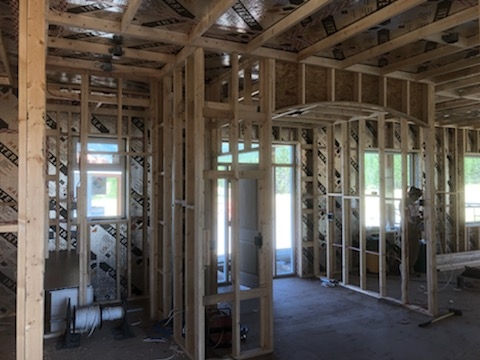
Interra is a far better bet if you’re looking for overall quality, performance, and stable R-Values. Spray foam, on the other hand, works well if you want to save time on installation, but it can be more costly overall.
Is Halo Exterra Structural?
Halo Exterra is not structural – it does not contribute structural strength to a home or building. However, despite not being structural, Halo Exterra can replace OSB sheathing if structural bracing is provided at the corners and certain sections of the wall to provide the needed resistance to wind and seismic loads.
Good, Better, Best — Underslab Insulation Options for Occupant Comfort
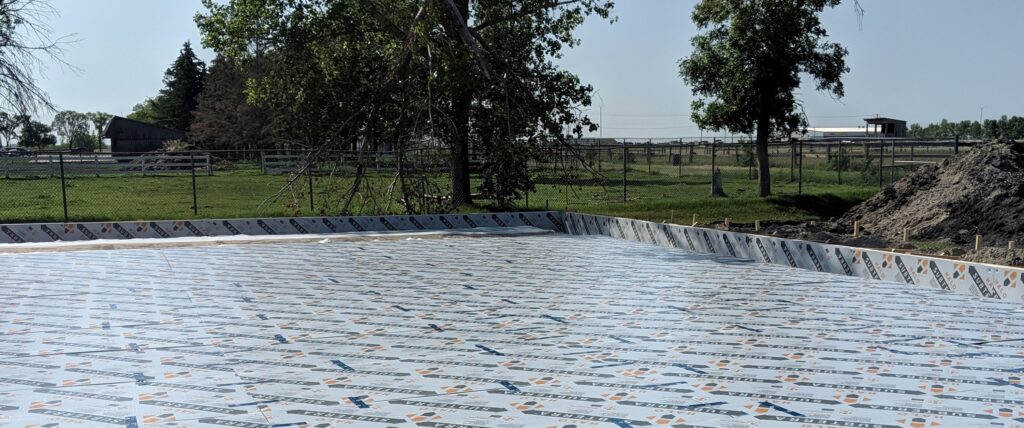
Our residential codes go far in ensuring energy efficiency but leave home comfort out of the equation. So it’s up to you, the builder, to ensure that buyers feel well when they live in the homes you construct.


